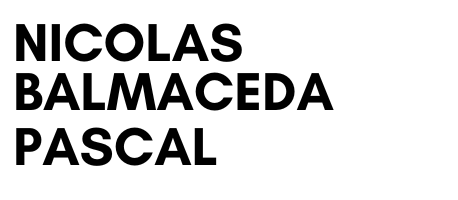Whether you’re working on a school project, a university assignment, a creative hobby, or a business plan, creating a product prototype can be challenging. This is a process that involves all your creativity and practicality, as you’ll need to both design a product and then make sure that it’s made to your specifications. In this short and simple guide, we’ll look at how you can successfully make a product prototype, be that for part of a larger product or just as part of your creative hobby.
Materials
Before you begin creating your product prototype, you’ll need to decide which materials you’re going to use. Most prototypes do not use the materials that will ultimately be used in the final product, to save money. As such, many will cut corners by making parts in plastic that might, in the final product, be made of metals or wood. To get a good idea of the versatility of plastic in the prototype design process, talk to a polymer company that can help you understand the fascinating chemistry behind the world’s most versatile plastics.
Creation
Once you’ve decided on the materials you’re going to use for your prototype, you’ll then face the stage of getting these materials ordered and shaped into the correct components for your product design. In many cases, there are simple ways to do this. If you’re a craftsperson yourself, with your own workshop, you can spend time shaping materials on your own. Those without a workshop can task a craftsperson to do it for them. Better yet, those who are making a product from plastics might do well to consult a local owner of a 3D printer, who might be able to print your product instead of your shaping it privately.
Electrics
Not all products have an electrical component, but you may well be making one that does. In this case, you’re going to need to build the circuit separately to your product to ensure that everything works perfectly and that the power and energy that you’re using in your product are sufficient for it to realize all of the outputs that you’ve included in it. As a simple example, you need to make sure that an alarm clock you’ve designed can work the clock and sound the alarm with the same source of power.
Bringing It Together
The final stage in any prototype design process, and certainly the most exciting, is bringing all of the components of your model together to build the actual product that you’ve imagined and designed for so many weeks. This is a task that requires patience to avoid any last-minute difficulties or breaks. Once you have your built prototype ready to show off to your colleagues, friends, and family, you can begin testing it to see how you can further refine your approach in the days, weeks, and months to come.
Making your very one product is marvelous fun, and this article shows you how you can do it, using a prototype as an example.



